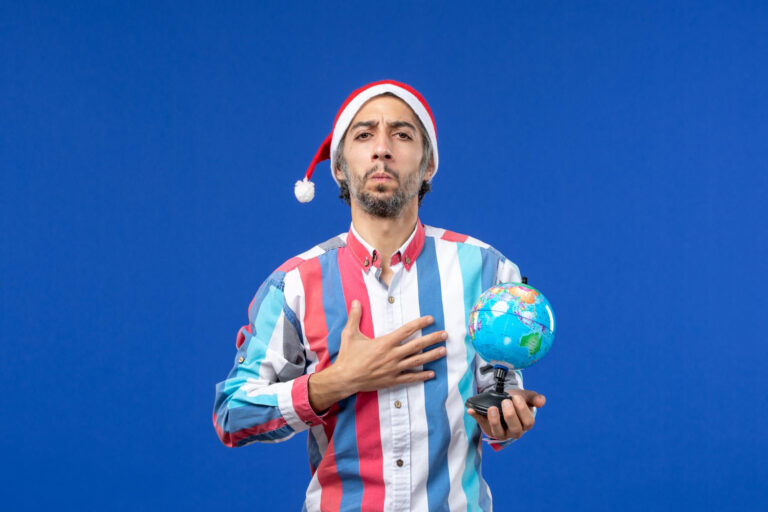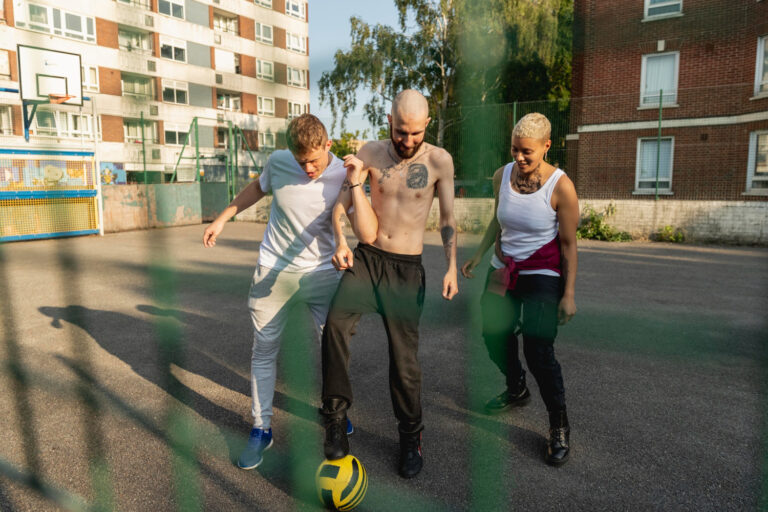Youth Academies Around the World You Should Know
Behind every football superstar lies a training ground, floodlights that lit the path before the fame, and coaches who saw potential before the world did. Youth academies are the beating heart of the game’s future. They don’t just create players; they cultivate mindsets, identities, and often, lifelong footballing philosophies.
From Europe’s most historic clubs to ambitious academies rising from the Global South, the work begins long before the world watches. These are the places that mold raw street talent into international icons, and in doing so, shape the global game.
Here are some of the most influential youth academies around the world, institutions that continue to shape football’s next generation.
La Masia – FC Barcelona (Spain)
No list starts anywhere else. La Masia is arguably the most famous football academy on the planet, not just for the talent it has produced, but for the style of play it instills. Barcelona’s golden generation, the one that dominated world football from 2008 to 2012, was built right here.
Players like Lionel Messi, Xavi, Andrés Iniesta, Sergio Busquets, and Gerard Piqué all came through La Masia. The philosophy? Possession-based football, spatial awareness, one-touch passing, and creative intelligence. It’s not just about teaching football, it’s about teaching Barcelona’s football.
De Toekomst – Ajax (Netherlands)
“De Toekomst” means “The Future,” and few clubs live up to that name like Ajax. Based in Amsterdam, Ajax’s academy is revered across Europe for its strict adherence to Johan Cruyff’s principles: fluid positions, total football, intelligence over muscle.
From Dennis Bergkamp to Clarence Seedorf, from Matthijs de Ligt to Frenkie de Jong, Ajax have made an art form out of nurturing young talent. Players here are encouraged to learn multiple roles, make decisions under pressure, and embrace the ball.
Clairefontaine – French Football Federation (France)
Clairefontaine isn’t linked to a club, it’s a national academy run by the French Football Federation. Set in a forest outside Paris, it accepts only the best young players from around the country. The focus is equal parts technical, physical, and psychological.
This is where Thierry Henry learned to cut inside, where Nicolas Anelka honed his pace, and where Kylian Mbappé developed his first touch. Clairefontaine isn’t just elite, it’s elite by design.
Sporting CP – Alcochete Academy (Portugal)
Cristiano Ronaldo, Luís Figo, Ricardo Quaresma. Three different players. One academy.
Sporting CP’s Alcochete facility is Portugal’s most prolific breeding ground for talent. The training is intense, the expectations sky-high. The academy’s focus? Balance between natural flair and professional discipline. Youngsters here don’t just get better, they grow up fast.
Santos FC – Brazil
Brazil is football’s poetry, and Santos is one of its finest pens. This is Pelé’s club, Neymar’s cradle, and the launchpad for Rodrygo.
At Santos, the game is taught the Brazilian way: joyful, creative, street-smart. Football isn’t dissected into sterile tactics, it’s lived. Players are encouraged to improvise, dribble, and play free. In a country overflowing with footballing talent, Santos still stands out.
Boca Juniors – Argentina
If Santos is flair, Boca is fire. The Buenos Aires giant produces players built for pressure. Playing at La Bombonera, even in youth teams, means learning to deal with expectation early.
Carlos Tevez came from here. So did Fernando Gago and Leandro Paredes. Boca Juniors’ academy doesn’t just create players, it forges competitors, men who can handle the roar of 50,000 and the weight of a shirt soaked in history.
Right to Dream – Ghana
One of Africa’s most inspiring football institutions, Right to Dream is more than an academy, it’s a movement. Founded to give underprivileged youth a shot at education and sport, it has since expanded globally.
Graduates like Mohammed Kudus (now at West Ham) have made the leap to Europe. But even those who don’t turn pro often earn scholarships abroad. The academy teaches football, yes, but also leadership, ethics, and resilience.
Aspire Academy – Qatar
Aspire is different. Heavily funded and fully modern, it represents Qatar’s vision of becoming a global football force. The facilities are elite, the coaches world-class, and the ambition enormous.
Aspire scouts talent from Africa and Asia, trains them in Doha, and often places them in European leagues through feeder clubs like KAS Eupen in Belgium. The 2019 Asian Cup-winning Qatari team had Aspire graduates all over the pitch. This academy is building not just players, but a footballing identity.
Red Bull Academies – Global Network
Red Bull has redefined how to build talent. Whether it’s Salzburg in Austria, Leipzig in Germany, or Bragantino in Brazil, their system is unified: high pressing, explosive transitions, athletic profiles, tactical discipline.
Erling Haaland, Sadio Mané, Dominik Szoboszlai, all part of the Red Bull machine at some point. What makes it effective is its scale: players can be moved within the Red Bull network, gaining experience across leagues and cultures, all under the same footballing philosophy.
Shakhtar Donetsk – Ukraine
Before war altered everything, Shakhtar Donetsk had one of Europe’s most respected academies. Known for technical precision and mental toughness, it built Ukrainian internationals and integrated young Brazilians into its unique style of play.
Even as conflict disrupted their home city, Shakhtar continued their development programs in temporary locations, proving that infrastructure can be destroyed, but identity survives.
JFA Academy – Japan
Set in the town of Fukushima, JFA Academy is Japan’s answer to Europe’s giants. Quiet, disciplined, and structured, the program focuses heavily on technical ability, tactical awareness, and emotional maturity.
Players like Takefusa Kubo and Ritsu Doan are proof that Japan’s youth system is beginning to produce talents who can thrive in Europe, not just participate.
Bidvest Wits – South Africa
Before its controversial sale and disbandment, Bidvest Wits ran one of the best academies in Southern Africa. Focused on education as much as sport, it churned out pros who could think the game just as well as they played it.
Reeve Frosler and Thabang Monare are examples of its success. Though the club’s name has changed, its influence on South African development endures.
Conclusion
In an era of billion-dollar transfers and global marketing machines, it’s easy to forget where greatness begins. But true football people know: it always starts in academies. On those windswept pitches, under rain, pressure, and floodlights, players aren’t just shaped, they’re defined.
Whether it’s the rigid precision of Clairefontaine, the street flair of Santos, or the disciplined modernity of Red Bull Salzburg, youth academies are the foundation. These are the places where the dream begins, and if you’re paying attention, you might just spot the next legend before the world does.







